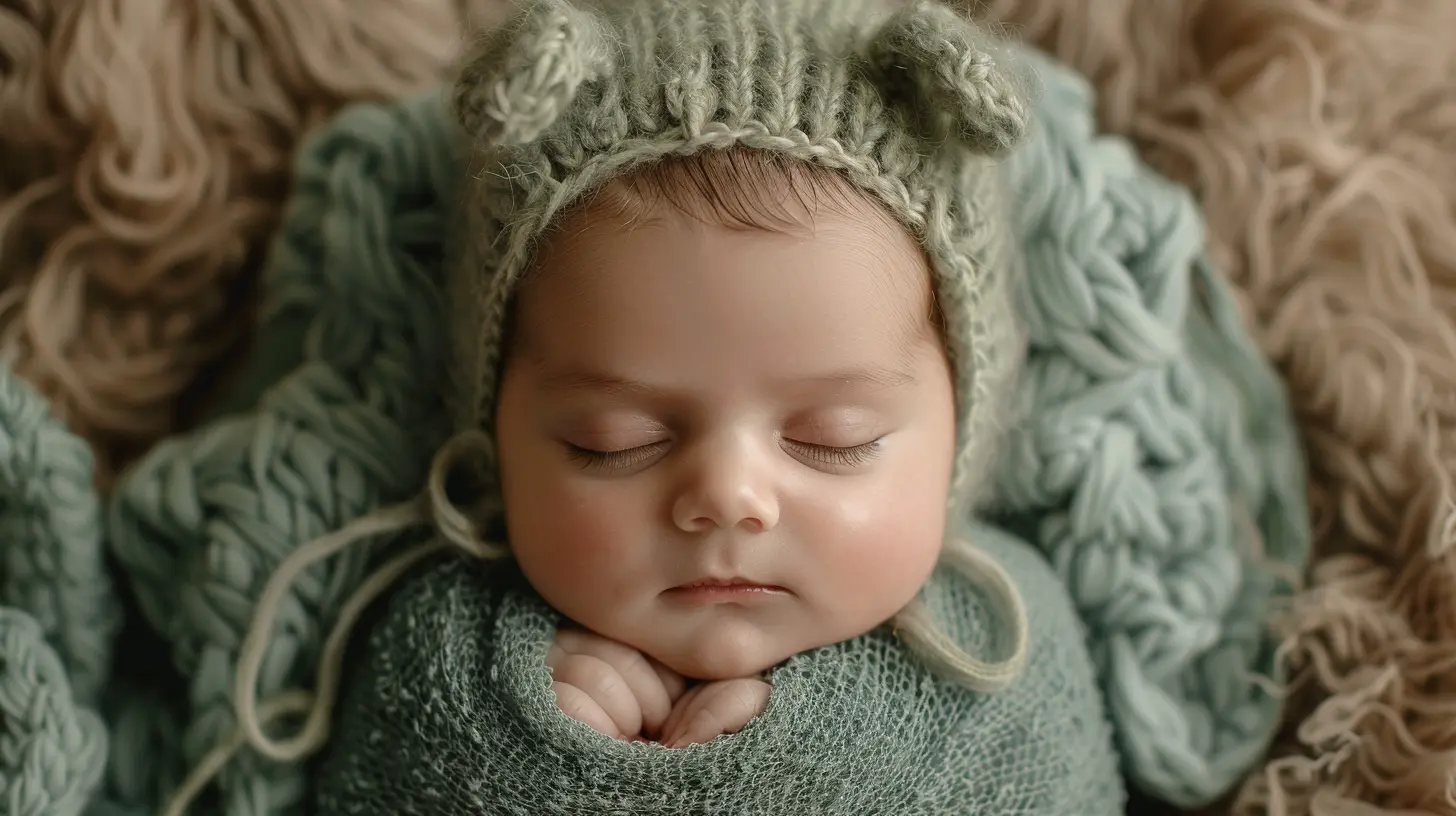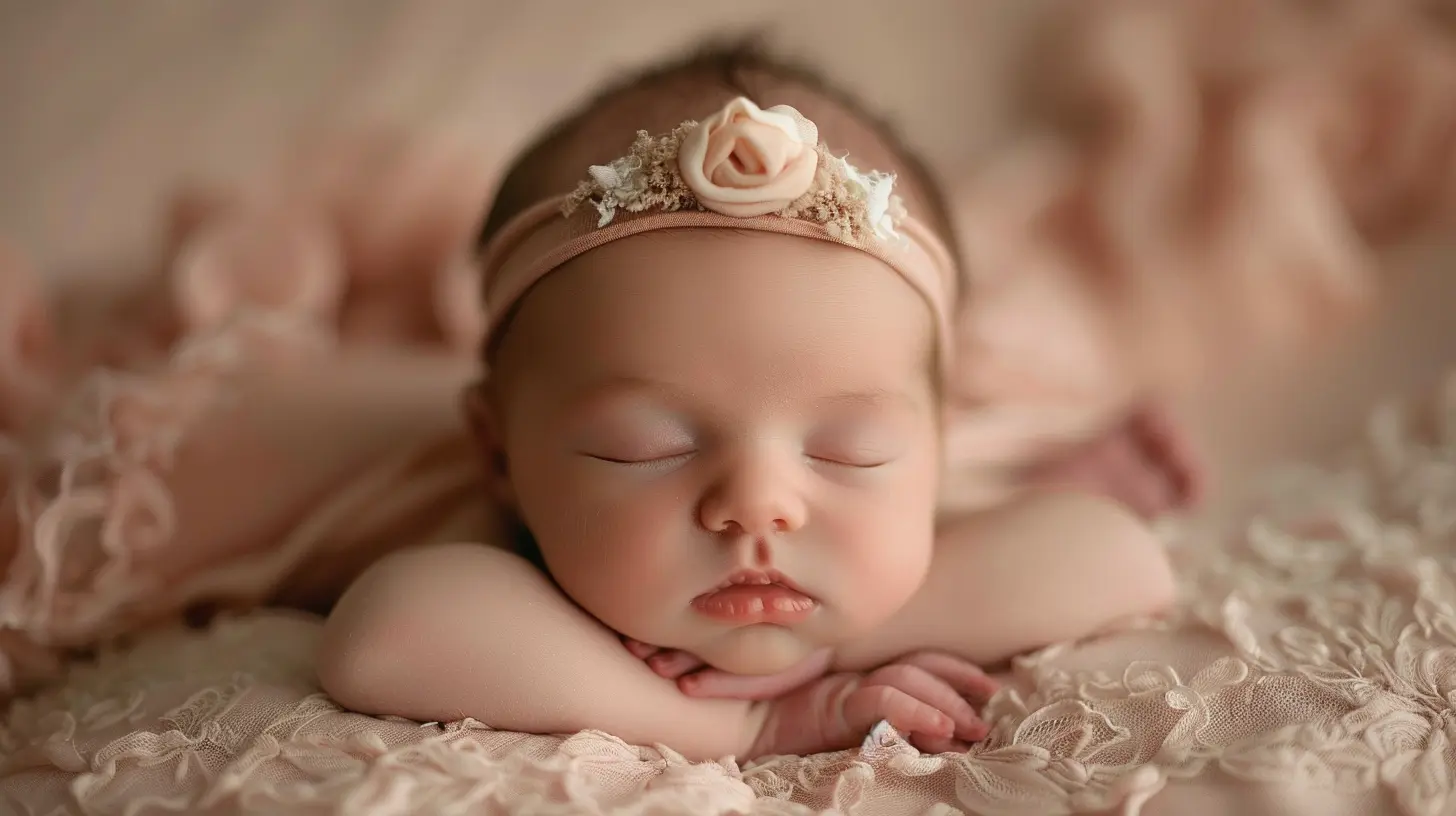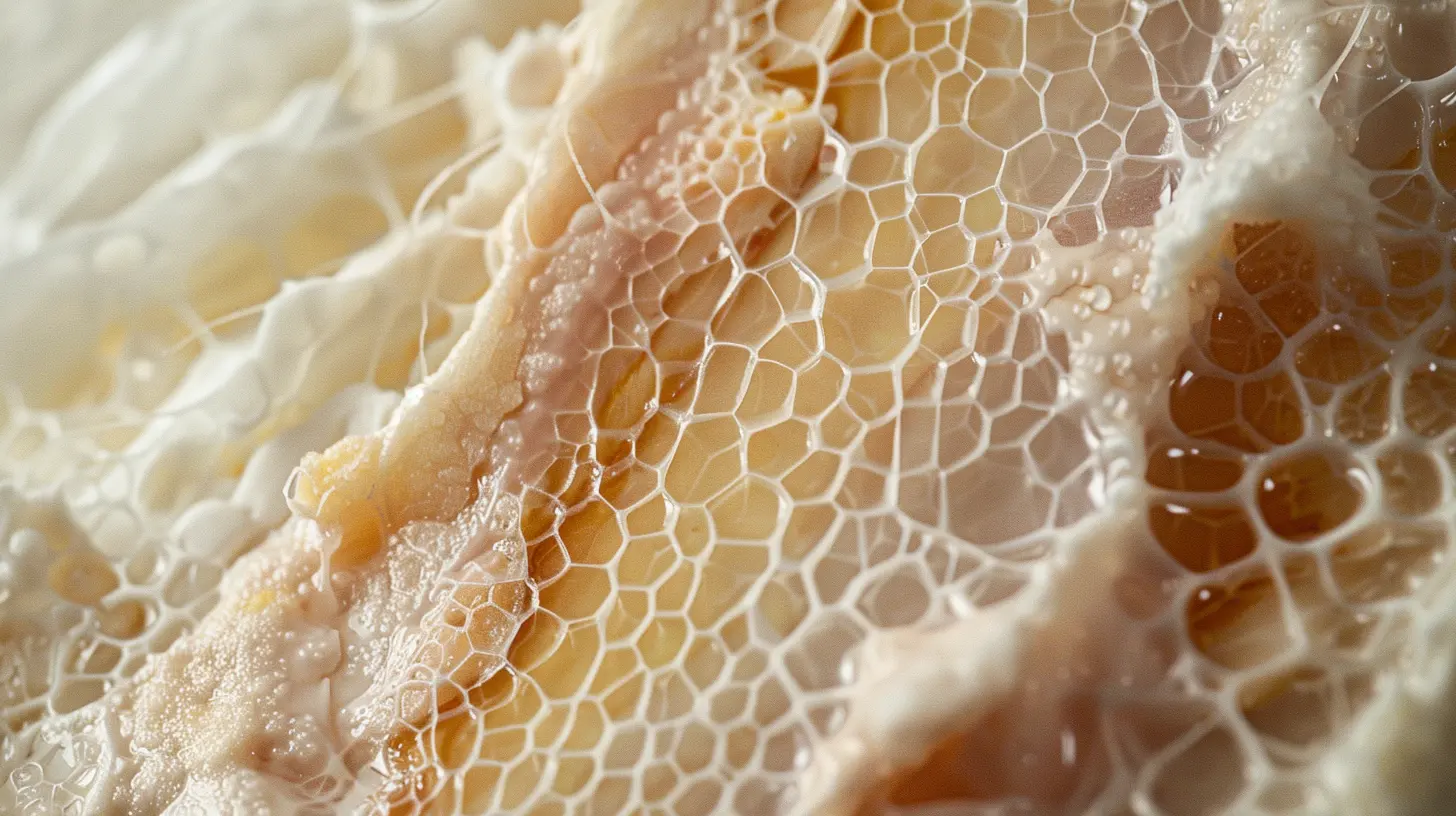Recognizing and Managing Newborn Skin Conditions
30 June 2025
Bringing home a newborn is an exciting yet nerve-wracking experience, especially for first-time parents. Their tiny bodies and delicate skin can be a cause for concern when you start noticing little rashes, bumps, or dry patches. But don’t panic! Most newborn skin conditions are completely normal and temporary.
In this guide, we'll walk you through the most common baby skin issues, how to identify them, and what you can do to keep your little one comfortable. 
Why Is Newborn Skin So Sensitive?
Newborn skin is much thinner and more delicate than adult skin. It loses moisture quickly, making it prone to dryness and irritation. Plus, babies are adjusting from a cozy, fluid-filled womb to the outside world, which can trigger temporary skin changes.Most newborn skin conditions are harmless and will fade over time. However, knowing what to look for (and when to reach out to a doctor) can give you peace of mind. 
Common Newborn Skin Conditions & How to Manage Them

1. Newborn Acne (Neonatal Acne)
What It Looks Like:
Tiny red or white bumps, usually on the face, especially the cheeks, forehead, and chin.Why It Happens:
Blame it on hormones! Babies still have circulating maternal hormones from pregnancy, which can stimulate their oil glands, causing breakouts similar to teenage acne.How to Manage It:
✅ Keep your baby’s face clean with warm water and a soft cloth.✅ Avoid using lotions or oils on the affected areas.
✅ Be patient—newborn acne usually clears up on its own within a few weeks.
⚠️ When to Call the Doctor: If the acne worsens, lasts beyond three months, or looks infected (pus-filled or inflamed).
2. Erythema Toxicum
What It Looks Like:
Red blotchy patches with tiny white or yellowish bumps in the center. It often appears on the chest, back, face, and arms within a few days after birth.Why It Happens:
Doctors aren't entirely sure, but it's believed to be part of a healthy newborn’s immune response.How to Manage It:
✅ No treatment is needed—it disappears on its own within a week or two.⚠️ When to Call the Doctor: If the rash seems painful, oozes fluid, or spreads excessively.
3. Milia
What It Looks Like:
Small, white, pearl-like bumps, typically on the nose, cheeks, or forehead.Why It Happens:
Milia form when dead skin cells get trapped under the surface, but they're completely harmless.How to Manage It:
✅ No treatment needed—milia will naturally shed as your baby’s skin matures.✅ Avoid scrubbing or popping the bumps; they will disappear on their own.
⚠️ When to Call the Doctor: If the bumps turn red, inflamed, or filled with pus.
4. Cradle Cap (Seborrheic Dermatitis)
What It Looks Like:
Yellow, greasy, scaly patches on the baby’s scalp. It can also appear on the eyebrows, ears, or behind the neck.Why It Happens:
Overactive sebaceous (oil) glands and leftover maternal hormones can cause excess oil production, leading to flaky buildup.How to Manage It:
✅ Gently massage your baby’s scalp with a soft brush to loosen flakes.✅ Wash their hair with a mild baby shampoo a few times a week.
✅ Apply a small amount of natural oil (like coconut or olive oil) before washing to soften the scales.
⚠️ When to Call the Doctor: If the cradle cap becomes very red, swollen, or starts oozing.
5. Diaper Rash
What It Looks Like:
Red, inflamed skin in the diaper area, sometimes with small bumps or peeling.Why It Happens:
Prolonged exposure to moisture, friction from diapers, or irritation from wipes and detergents.How to Manage It:
✅ Change diapers frequently to keep baby’s skin dry.✅ Use a barrier cream with zinc oxide to protect the skin.
✅ Give your baby some diaper-free time to allow air circulation.
⚠️ When to Call the Doctor: If the rash gets worse, forms blisters, or your baby seems very uncomfortable.
6. Baby Eczema (Atopic Dermatitis)
What It Looks Like:
Dry, red, itchy patches, often appearing on the face, arms, or behind the knees.Why It Happens:
Eczema is often linked to genetics and can be triggered by allergens, heat, rough fabrics, or dry air.How to Manage It:
✅ Keep your baby’s skin moisturized with a fragrance-free, hypoallergenic lotion.✅ Use a gentle, unscented soap and avoid long baths.
✅ Dress your baby in soft, breathable materials like cotton.
⚠️ When to Call the Doctor: If the eczema becomes severe, infected, or doesn’t improve with home care.
7. Heat Rash (Prickly Heat)
What It Looks Like:
Tiny red or pink bumps, often on the neck, chest, back, or diaper area.Why It Happens:
Sweat gets trapped in blocked sweat ducts, causing irritation, especially in hot or humid environments.How to Manage It:
✅ Keep your baby cool and dress them in loose, breathable clothing.✅ Avoid heavy blankets and overheating.
✅ A lukewarm bath can help soothe irritation.
⚠️ When to Call the Doctor: If the rash becomes severe, pus-filled, or accompanied by fever.
8. Mongolian Spots
What It Looks Like:
Bluish-gray birthmarks, often found on the lower back or buttocks.Why It Happens:
Mongolian spots are simply collections of pigment in the skin, commonly seen in babies with darker skin tones.How to Manage It:
✅ No treatment needed—these birthmarks usually fade by early childhood.⚠️ When to Call the Doctor: If new spots appear suddenly or change in shape/color.
9. Baby Peeling Skin
What It Looks Like:
Flaky, dry skin, especially on the hands and feet.Why It Happens:
Newborns naturally shed their outer layer of skin after birth, especially if they were born post-term.How to Manage It:
✅ Apply a gentle, fragrance-free baby moisturizer if the skin feels excessively dry.✅ Avoid frequent baths, as they can strip natural oils from the skin.
⚠️ When to Call the Doctor: If peeling skin is accompanied by redness, blisters, or signs of infection. 
Final Thoughts
Newborn skin conditions may look alarming, but most of them are harmless and will resolve on their own. The key is to be patient, keep your baby’s skin clean and moisturized, and consult your pediatrician whenever you're unsure.Remember, your baby’s skin is adjusting to life outside the womb, and with time, it will become stronger and more resilient. Until then, a little extra TLC goes a long way!
all images in this post were generated using AI tools
Category:
Newborn CareAuthor:

Zelda Gill
Discussion
rate this article
1 comments
Jett Barrett
Understanding newborn skin conditions is crucial for effective management.
July 2, 2025 at 2:59 PM

Zelda Gill
Thank you for your insight! Understanding these conditions is indeed key to providing the best care for newborns.


